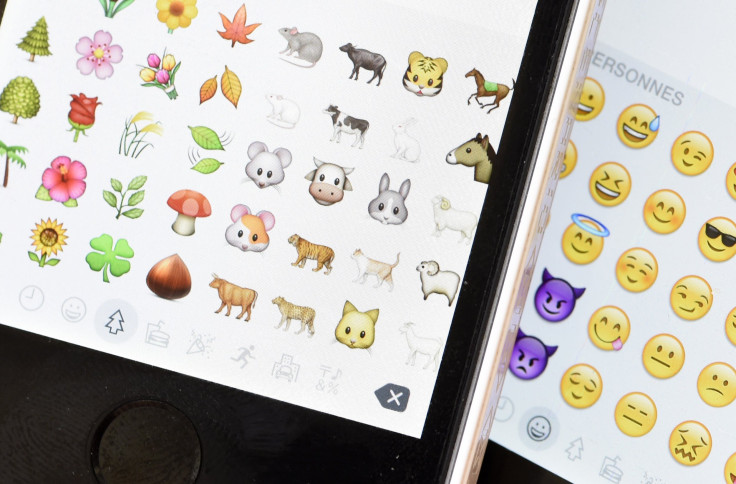Emojis To Incorporate Gender Equality In New Plan Proposed By Google At Unicode Consortium

In an attempt to bring gender equality to the emojis that are beginning to dominate our everyday online conversations — so much so that the Oxford Dictionaries Word of the Year of 2015 was an emoji — the Unicode Consortium Thursday announced plans for 11 new “professional” emojis. It also called for both female and male versions of a number of existing emojis that represent only one gender.
The plan, based primarily on a May proposal by Google, a prominent member of the consortium, will show both men and women undertaking different jobs in the emojis based on profession and also change 33 existing emojis that depict only a single gender.
Unicode, a nonprofit organization that develops software internationalization standards, has an emoji set that has been adopted by major companies like Google, Facebook, Apple, Microsoft, IBM, and also major programming languages like Java and XML, according to Android Authority.
The new set of emojis will feature a woman as a businessperson, chef, student, teacher, farmer, welder, mechanic, health worker, scientist, coder, and a surprise David Bowie look-alike rock star.
We've also worked with Unicode to approve more gender options for existing emoji. 🙌 pic.twitter.com/TvvSq71GHD
— Google (@Google) July 14, 2016
Emojis like that of the runner, cyclist, police officer, weight lifter, surfer and detective, which are limited to male gender, will also now get female versions, giving women a choice that is not limited to a princess or a dancer.
In a blog post, ahead of the World Emoji Day on Sunday, Google said the proposed changes could be “included in future platform versions, and Google is working to incorporate them into future versions of Android,” without providing a specific timeline.
Moreover, Unicode has come up with a way to introduce these changes faster considering Unicode 9.0 was finalized in June and the 10.0 version is not slated to be released until June 2017. A special character called a “zero-width-joiner” (ZWJ), when placed between two or more emojis, allows operating systems that support it to put out a new emoji, instead of a series of separate emoji, Unicode says.
In the past, Unicode has been criticized for not being inclusive enough when it came to representation of race and gender. Although an attempt to counter these allegations was made by launching different skin and hair colors in the past updates, gender had not been tackled.
“We hope these updates help make emoji just a little more representative of the millions of people around the (world) who use them,” Google said in the announcement.
© Copyright IBTimes 2024. All rights reserved.






















